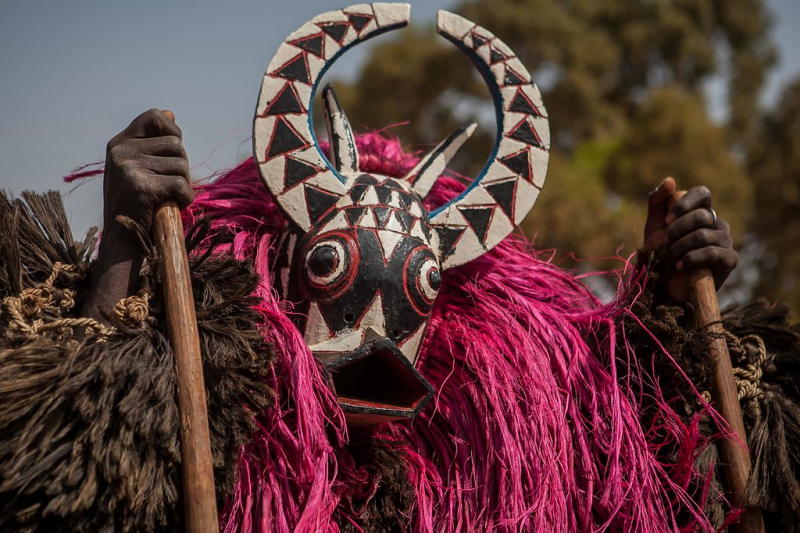Masks
Masks occupy an important position in the religious life of Burkina Faso, so the mask is one of the Burkinabe culture, customs, and etiquette that you should know. The Nakomse (chief class) do not use masks. All the Voltaic or Gur-speaking peoples, including the Nyonyose, Lela, Winiama, Nouna, Bwaba, and Dogon, frequently employ masks at initiations and funerals. Masks show up at funerals to ensure that the right burial rituals were followed on behalf of the deceased. They then appear at several funerals or memorial services held at regular intervals over the years after an elder has died.
Masks are present to pay respect to the deceased and to confirm that their spirit deserves entry into the world of their ancestors. If there isn't a proper funeral, the ghost hangs around the house and bothers the descendants. Masks are frequently carved from Ceiba pentandra, or imitation kapokier, wood. They are carved in three distinct designs that are reminiscent of the ancient people who were subjugated by the Nakomse invaders in 1500 and assimilated into the new Mossi civilization.









